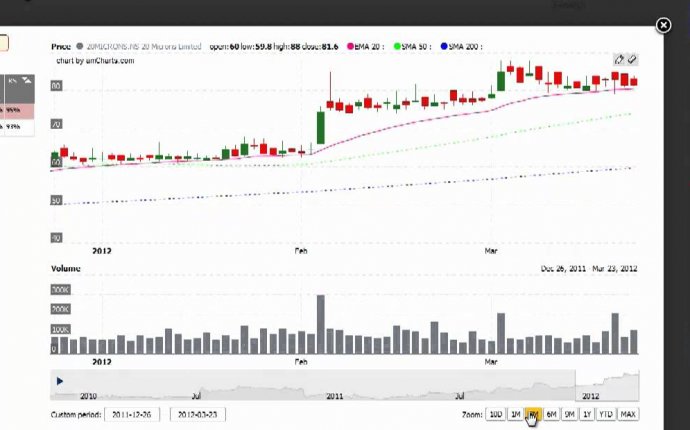
Beginners Guide to trading stocks
Options are conditional derivative contracts that allow purchasers regarding the agreements a.k.a the option holders, to get or sell a protection at a selected price. Choice purchasers tend to be recharged a quantity known as a "premium" by the sellers for such a right. Should marketplace costs be unfavorable for choice holders, they allow the choice expire worthless and so making sure the losings aren't greater than the premium. In contrast, choice vendors, a.k.a option authors assume greater threat as compared to choice purchasers, which is why they demand this premium. (Read more about: ).
Options are divided into "phone" and "put" choices. a call choice is where in fact the customer regarding the contract acquisitions the right to buy the fundamental asset as time goes on at a predetermined cost, called exercise cost or strike cost. A put option is in which the customer acquires the right to sell the root asset someday in the predetermined cost.
The reason why trade options versus a primary asset?
There are many advantageous assets to trading choices. The Chicago Board of Option Exchange (CBOE) may be the largest such trade worldwide, offering options on numerous solitary stocks and indices. (See: ) . Traders can construct choice methods including quick ones generally with just one choice, to highly complex people that involve several simultaneous choice positions.
Listed here are basic choice techniques for beginners. (See in addition: ).
Buying calls – lengthy call
This is basically the favored position of traders who will be:
Choices are leveraged instruments – they allow dealers to amplify the benefit by risking smaller amounts than would usually be required in the event that fundamental asset traded itself. Standard options on a single stock is equivalent in size to 100 equity shares. By trading choices, investors may take advantage of leveraging options. Suppose a trader desires to spend around $5000 in Apple (AAPL), dealing around $127 per share. With this specific amount he/she can purchase 39 shares for $4953. Assume after that that cost of the stock increases about 10% to $140 over the after that 2 months. Ignoring any brokerage, commission or exchange costs, the trader’s profile will increase to $5448, making the trader a net dollar return of $448 or just around 10per cent on the money invested.
Because of the investor's available financial investment spending plan she or he can purchase 9 options for $4, 997.65. The a contract dimensions are 100 Apple stocks, so the investor is effortlessly making a deal of 900 Apple stocks. As per the above mentioned scenario, in the event that price increases to $140 at expiration on 15 May 2015, the trader’s payoff through the option position will be the following:
900*(140-127) = 11, 700
Net profit from the career would be 11, 700 – 4, 997.65= 6, 795 or a 135% return on money spent, a much larger return when compared with dealing the root asset directly.









